Feldspars’ mineral properties include their look which is more in shades of matt white to grey and pink to dark grey colors and also glassy. Both forms of this mineral embrace potassic and Plagioclases have two visible cleavages along with a wide range of colors that interfere with each other. Plagioclase specifically, has got narrow cleavages that contain striated colored lines. Alkaline minerals especially potassic feldspars have a vast usage in many different industries. They’re very useful in the production of fillings in the coating & paint industries, adhesives, rubber, and plastics. They are likewise used as the flux agent in glass and ceramic industries. Almost everything we use every day is made from these minerals. Things like floor and restroom tiles, ceramic and glass cups, fiberglass in insulation, and different types of dishes. Similarly, some renowned gems for example Sunstone, Moonstone, Labradorite, Spectrolite, and Amazonite are from the feldspar minerals family. 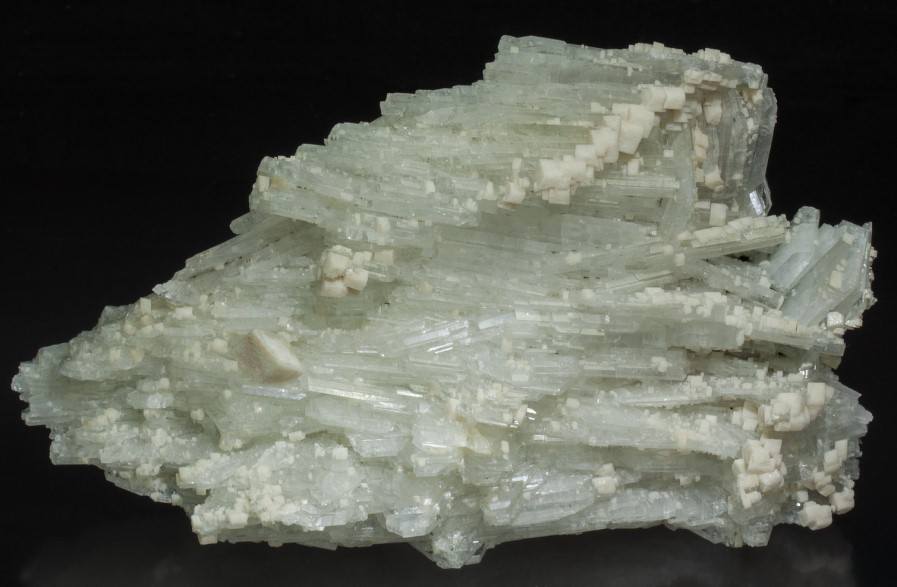 As you may know, feldspars have got many amazing physical properties in common. Feldspars all share a common hardness Mohs and specific weight. Correspondingly, most of the minerals available in feldspars have one identical inclined cutting line. Most of the feldspars have a specific weight between 2.5 to 2.8 times water, meanwhile, their Mohs is in the range of 6 to 6.5. besides all these physical similarities, all the feldspars illustrate a glossy shine that mostly appears on chiral crystal faces. These properties are very obvious signs that ease the detection of these minerals. Most of the uses of feldspars are rooted in their special behavior under different temperatures. At temperatures ranging from 700°C to 800°C, these minerals become formable in a brittle state, much less than other ingredients mixed with them; as a result, they typically act as a good flux. The most important components of feldspars for downstream industries are the amount of alumina existing in them and their alkalinity level. Therefore, alkaline feldspars, including potassic type, are widely used in the coating and paint, ceramics, and glass industry. Feldspar is a very essential component in the production of glass. It is used to control the viscosity of the melted quartz to produce glass. Its alkalinity is what helps it control temperature and viscosity simultaneously.
As you may know, feldspars have got many amazing physical properties in common. Feldspars all share a common hardness Mohs and specific weight. Correspondingly, most of the minerals available in feldspars have one identical inclined cutting line. Most of the feldspars have a specific weight between 2.5 to 2.8 times water, meanwhile, their Mohs is in the range of 6 to 6.5. besides all these physical similarities, all the feldspars illustrate a glossy shine that mostly appears on chiral crystal faces. These properties are very obvious signs that ease the detection of these minerals. Most of the uses of feldspars are rooted in their special behavior under different temperatures. At temperatures ranging from 700°C to 800°C, these minerals become formable in a brittle state, much less than other ingredients mixed with them; as a result, they typically act as a good flux. The most important components of feldspars for downstream industries are the amount of alumina existing in them and their alkalinity level. Therefore, alkaline feldspars, including potassic type, are widely used in the coating and paint, ceramics, and glass industry. Feldspar is a very essential component in the production of glass. It is used to control the viscosity of the melted quartz to produce glass. Its alkalinity is what helps it control temperature and viscosity simultaneously.
feldspar chemical formula composition
Felspars are the most found silicates in the earth’s crust. The quality of the feldspar mineral group is identified by their chemical formula composition that specifies in which industry they would be more useful. Moreover, their physical properties are as well a determining factor. The name feldspar is taken from the German word “Feldspat” which means Field of Stone. To put it another way, it is called feldspar because wherever this mineral has appeared kaolinite has been found too and alterations have taken place. They form up to 50% of the earth’s crust. Around 60% of them are found in Igneous Stones, another 30 in Metamorphic Rocks, and 10 to 11% in Sandstones and conglomerates. From the chemical aspect, feldspars are aluminosilicates of calcium Ca[Al2Si2O8], sodium Na[AlSi3O8], potassium K[AlSi3O8], and even sometimes barium which can be hardly ever found in nature. The mineral compound of feldspars is triple, which includes Albite, Orthoclase, and Anorthite; minerals that are mainly made from a solvable solid ranging between albite and anorthite. Which are known as Plagioclase Feldspars. 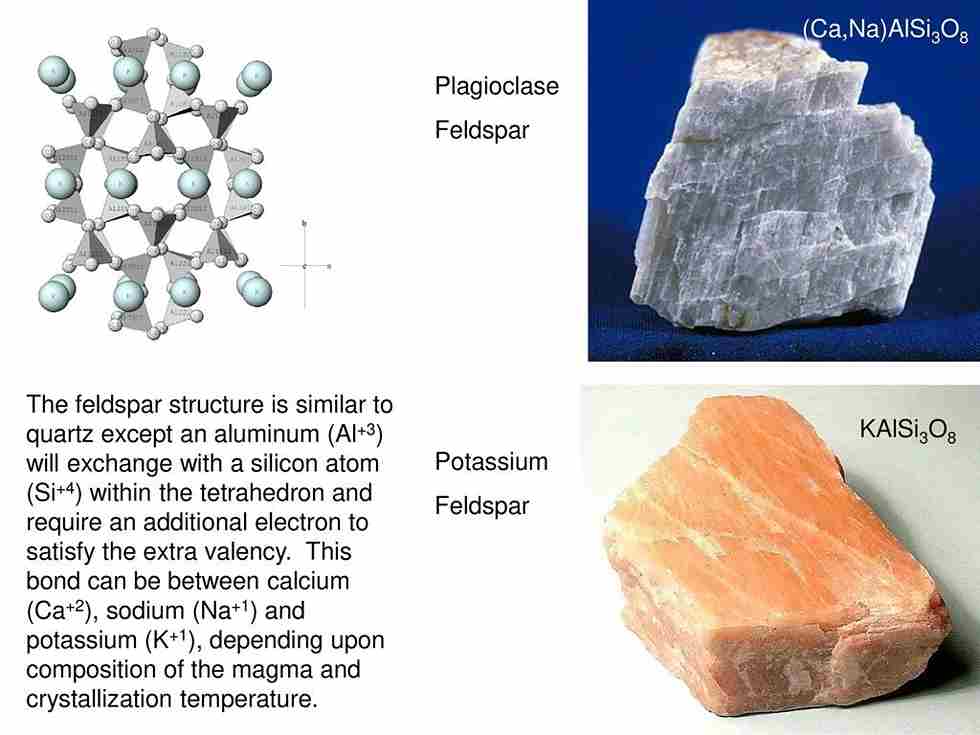 In the meantime, minerals between albite and Orthoclase are mostly known as alkaline. But the fact is that they’re known as alkaline because of containing potassium and sodium. Felspars are divided into two main groups including potassic feldspars containing at least 10% of potassium oxide (K2O) and sodic feldspars containing at least 7% of sodium oxide (Na2O). The cumulative percentage of these two chemicals in feldspar will determine how useful it is in glass industries. For instance, to be used in the production of high-quality glass, the amount of iron in feldspar shouldn’t be over 0.5%.
In the meantime, minerals between albite and Orthoclase are mostly known as alkaline. But the fact is that they’re known as alkaline because of containing potassium and sodium. Felspars are divided into two main groups including potassic feldspars containing at least 10% of potassium oxide (K2O) and sodic feldspars containing at least 7% of sodium oxide (Na2O). The cumulative percentage of these two chemicals in feldspar will determine how useful it is in glass industries. For instance, to be used in the production of high-quality glass, the amount of iron in feldspar shouldn’t be over 0.5%.
feldspar mineral group
As I mentioned earlier, feldspars form around 51% of the earth’s crust. They’re a group of alkaline aluminosilicates that mostly have a bright color or are transparent. Their geometrical shape mostly has nearly right-angle vertices. Their hardness is around 6 Mohs and their specific weight is between 2.55 to 2.76 except in barium feldspars. The three main groups of feldspars include calcite, potassic, and sodic. Baric feldspars are not considered important because they’re scarce and have a monoclinic symmetric which makes them useless in making stones and hard materials. On the other side, calcite and sodic feldspars (Plagioclases) have triclinic symmetric and the potassic type has monoclinic symmetric. Nepheline syenite is also an intrusive igneous rock that 80 to 95% of it is formed from feldspar minerals, hence commercially it is considered a feldspar. Feldspars and nepheline syenite are widely used in glass and ceramic industries as a source of Alumina and alkaline melting catalyzer.
feldspar mineral cleavage
Cleavage is a feature of planar rocks that is formed by virtue of deformation and metamorphism. These cleavages can develop in different ways. The type of rock and the degree of deformation and metamorphism determine the kind of cleavage forms. It is a kind of rock foliation, a sort of constructive element that explains the manner planar properties evolve in a rock. We have two types of foliations: primary and secondary. Primary foliation occurs in igneous and sedimentary rocks and secondary foliation transpires in rocks that go through metamorphism as a consequence of deformation. 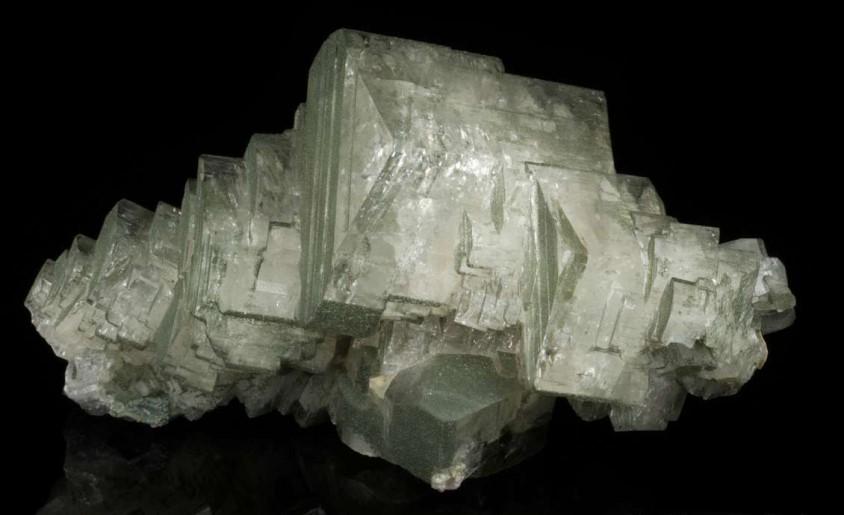 And cleavage is of the secondary foliation type that appears with fine-grained rocks. Feldspar minerals have plane cleavages that traverse each other at 90° which causes them to break at right angles and produce cuboidal shapes with irregular ends. As mentioned already, both types of feldspars, potassium feldspar (K-spar) and plagioclase (plag) have cleavages but with different patterns. As you can see in the pictures, both demonstrate two cleavages and an imbricating array of colors, however, only plagioclase shows small furrows on one cleavage known as striations.
And cleavage is of the secondary foliation type that appears with fine-grained rocks. Feldspar minerals have plane cleavages that traverse each other at 90° which causes them to break at right angles and produce cuboidal shapes with irregular ends. As mentioned already, both types of feldspars, potassium feldspar (K-spar) and plagioclase (plag) have cleavages but with different patterns. As you can see in the pictures, both demonstrate two cleavages and an imbricating array of colors, however, only plagioclase shows small furrows on one cleavage known as striations.
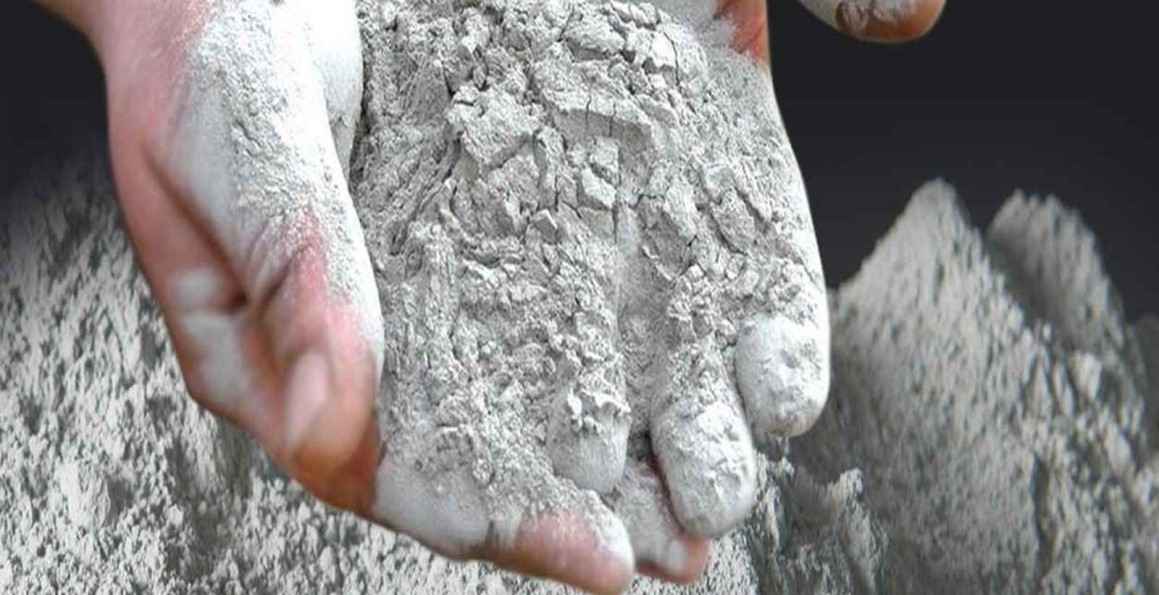
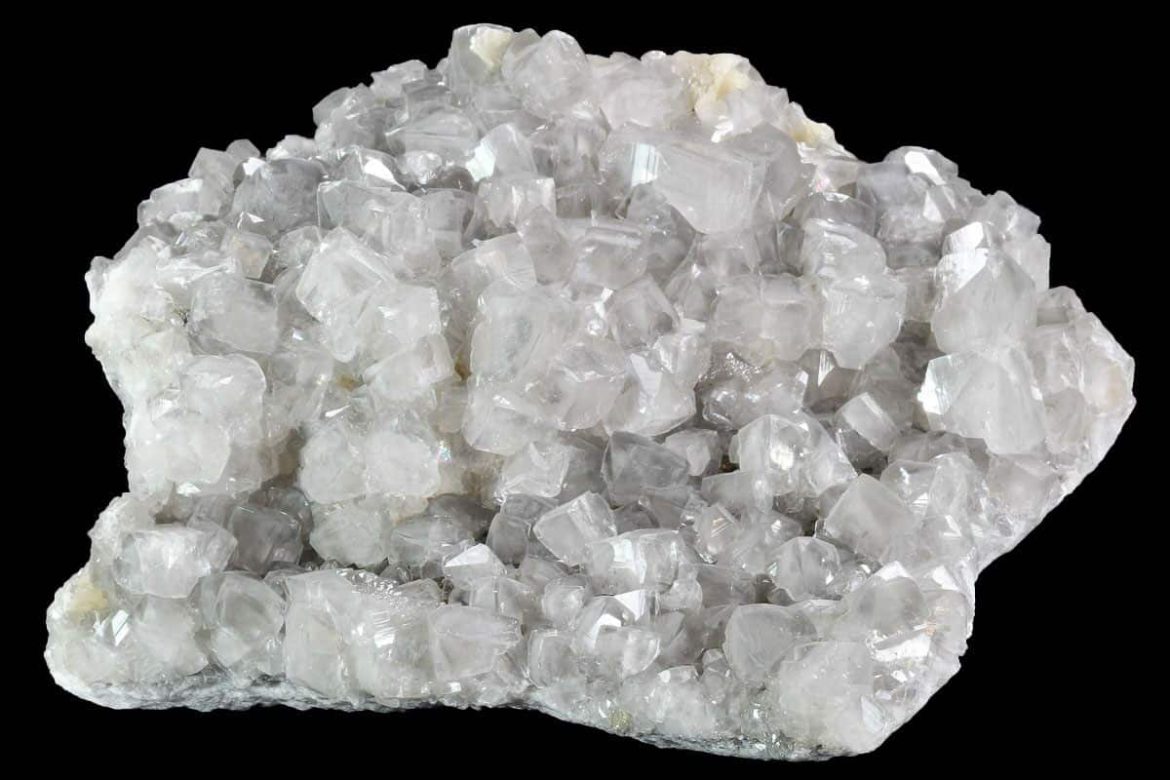
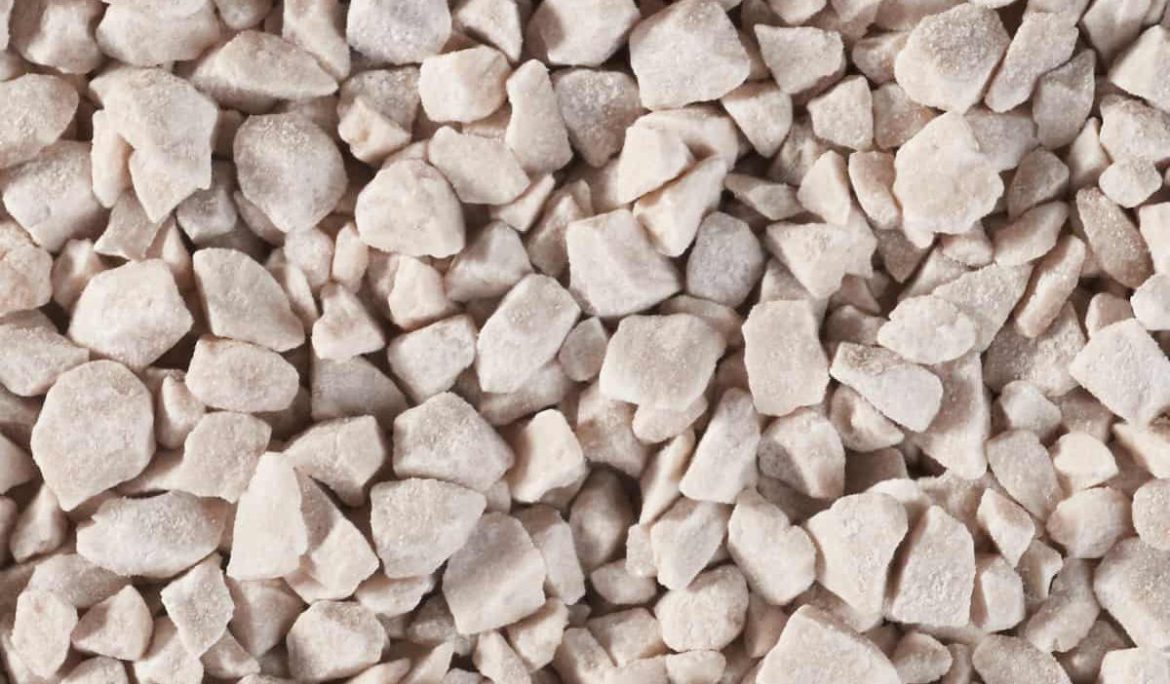
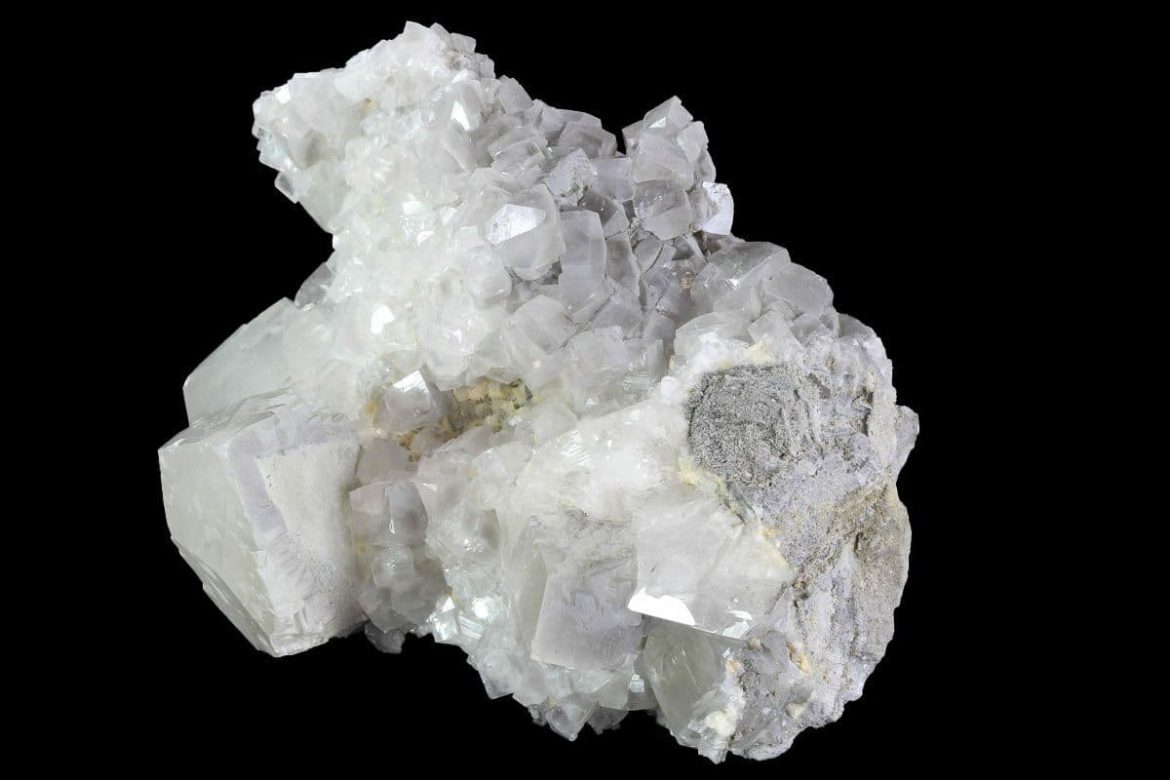
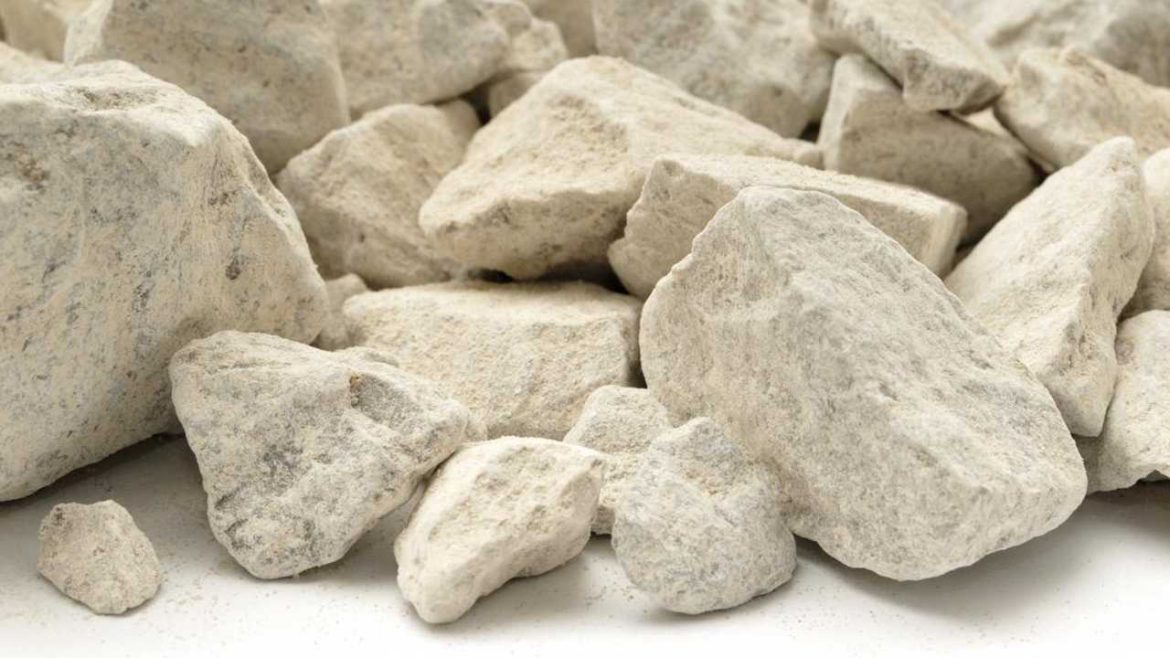
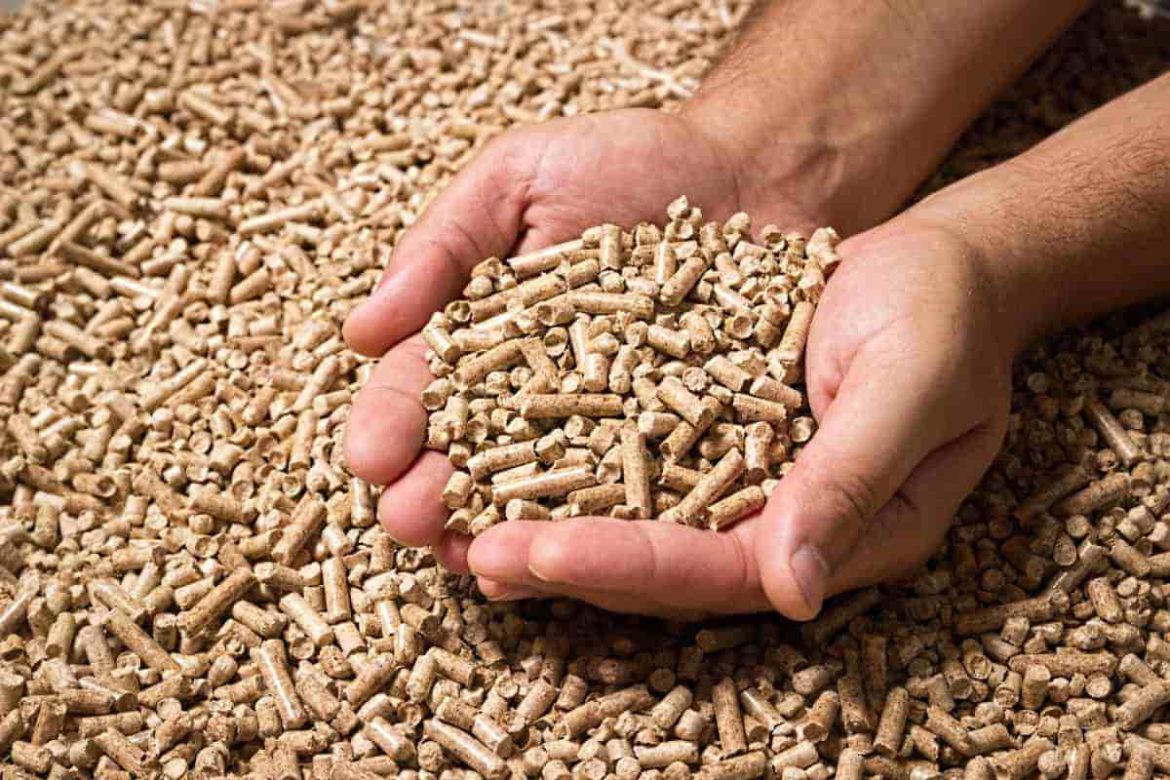
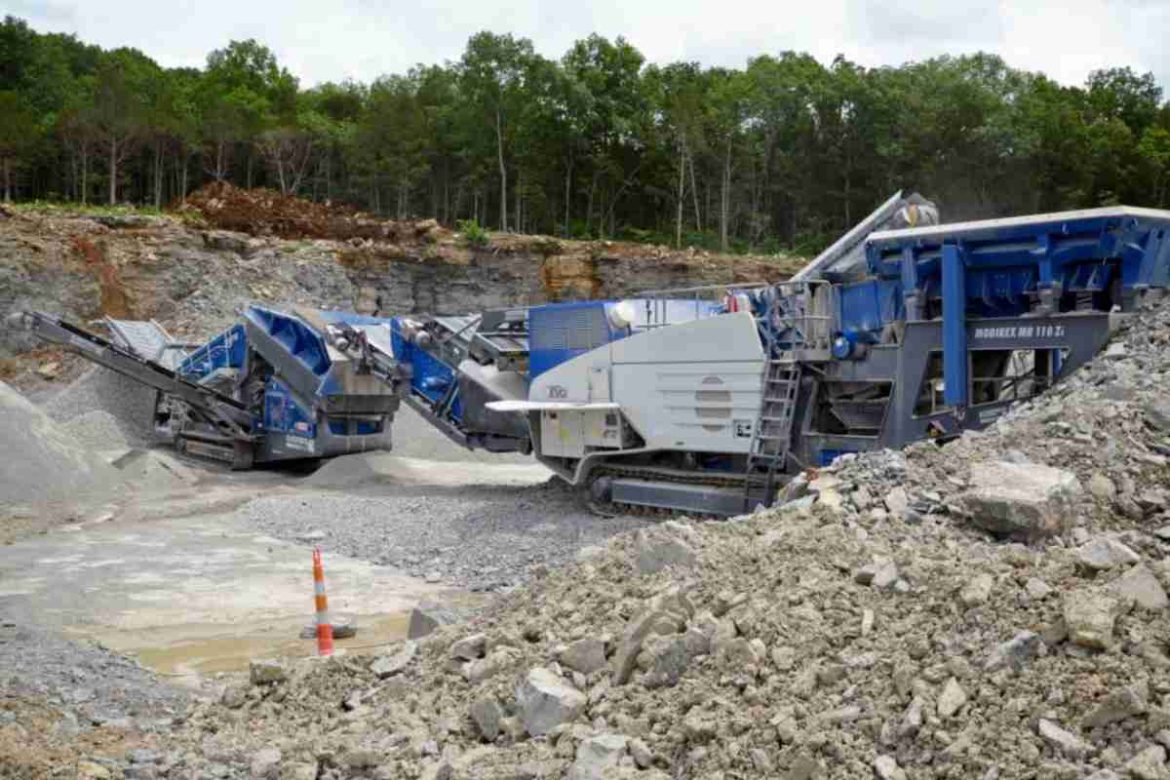
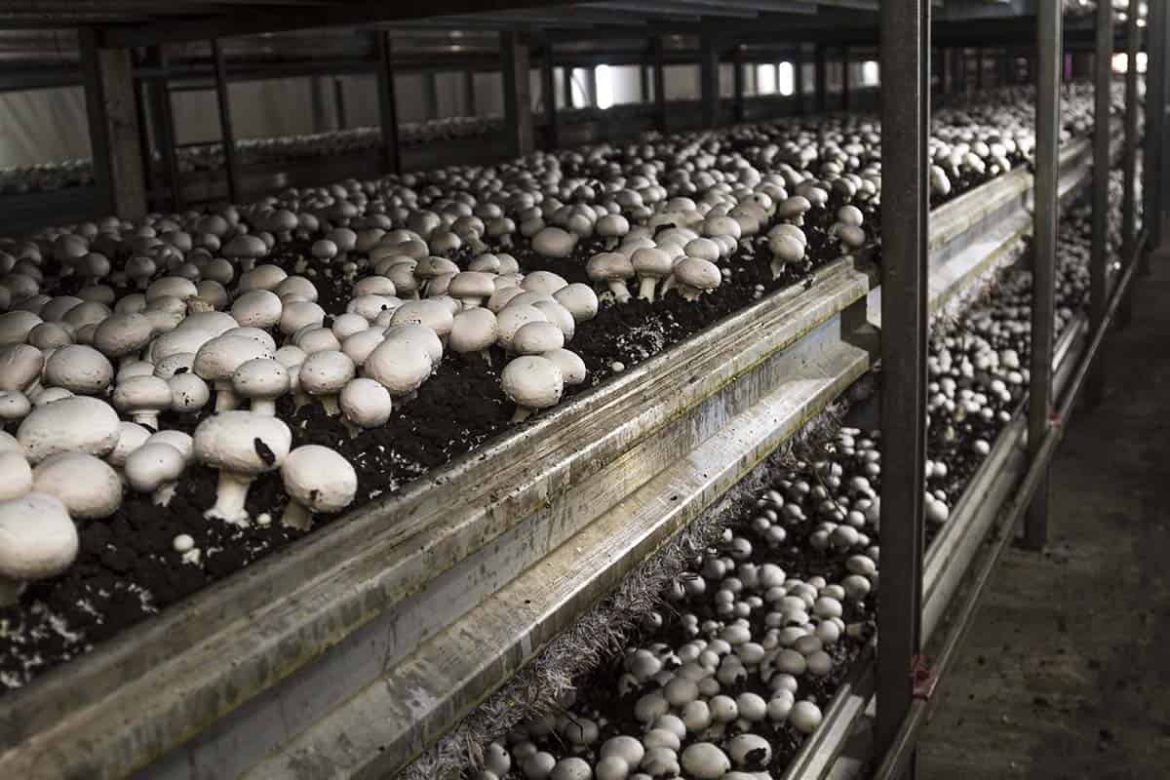
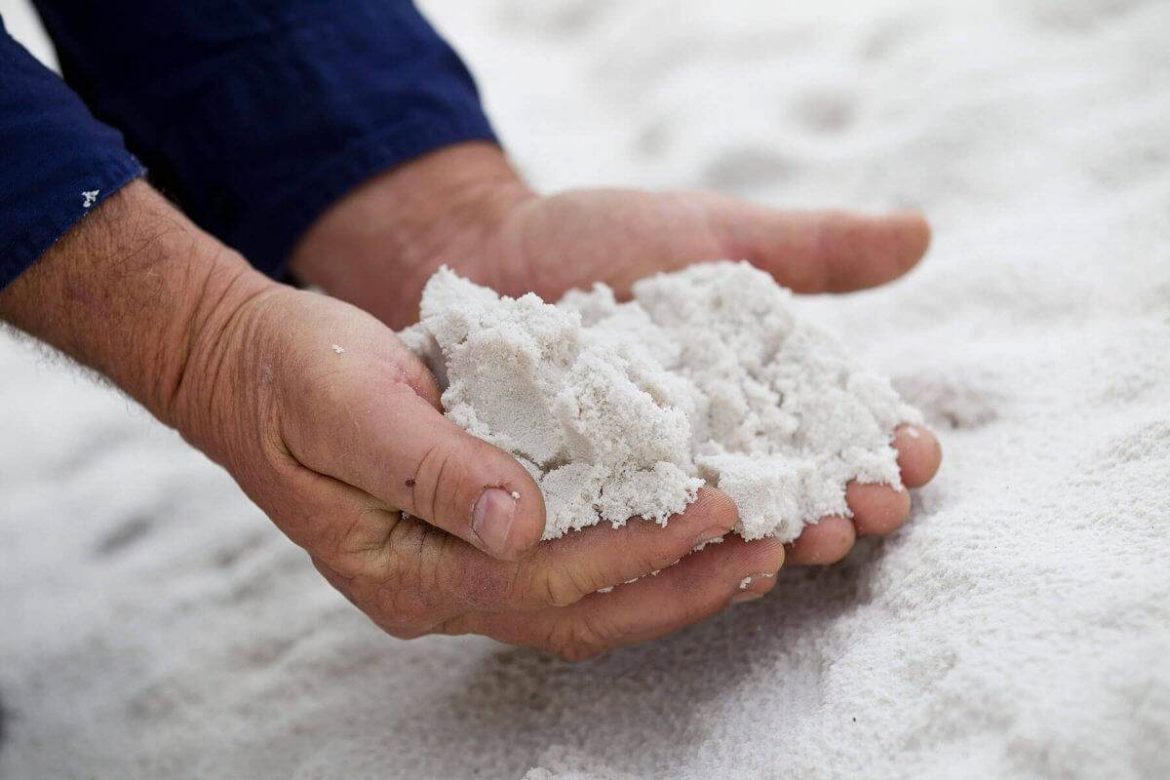
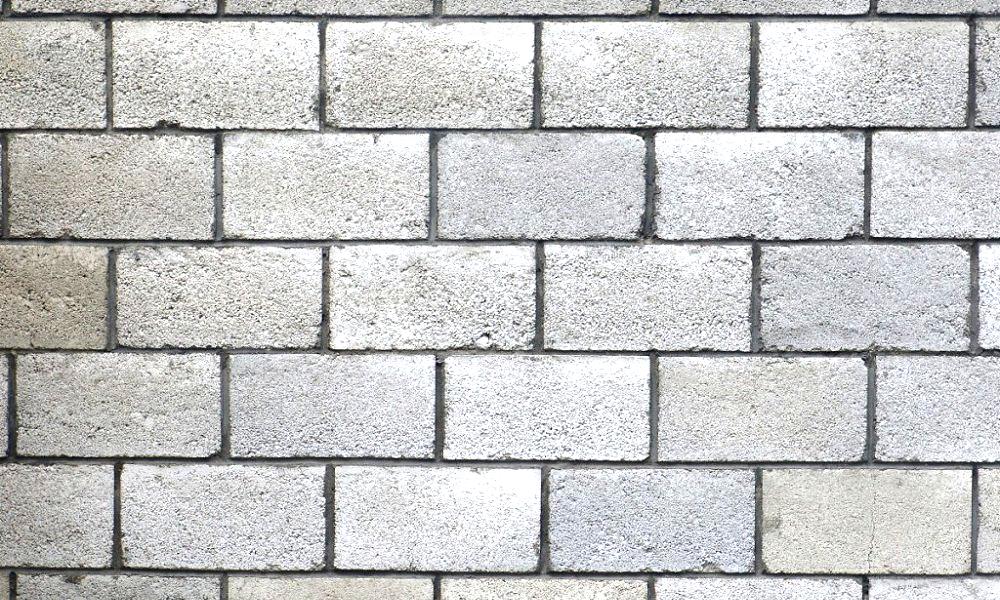
Your comment submitted.